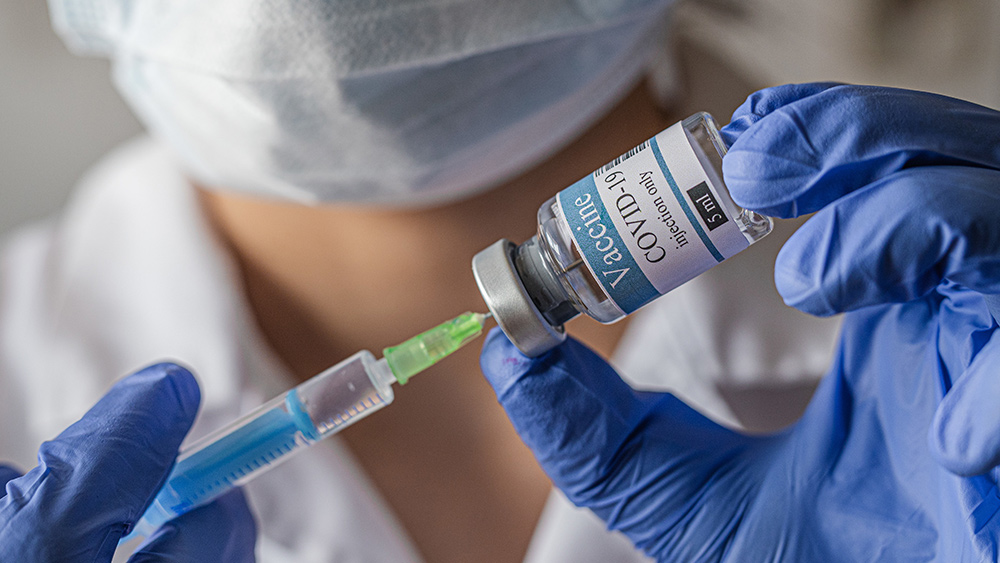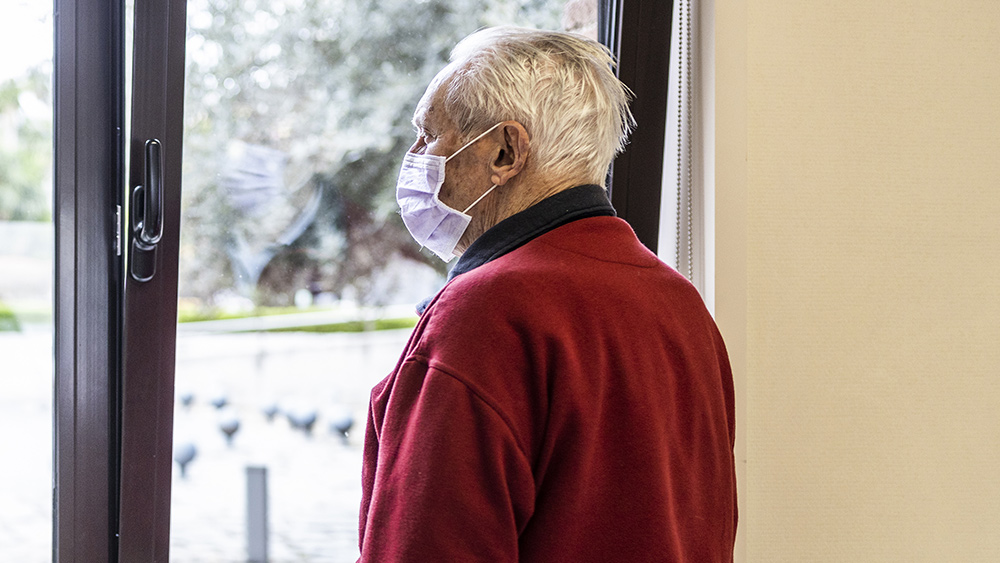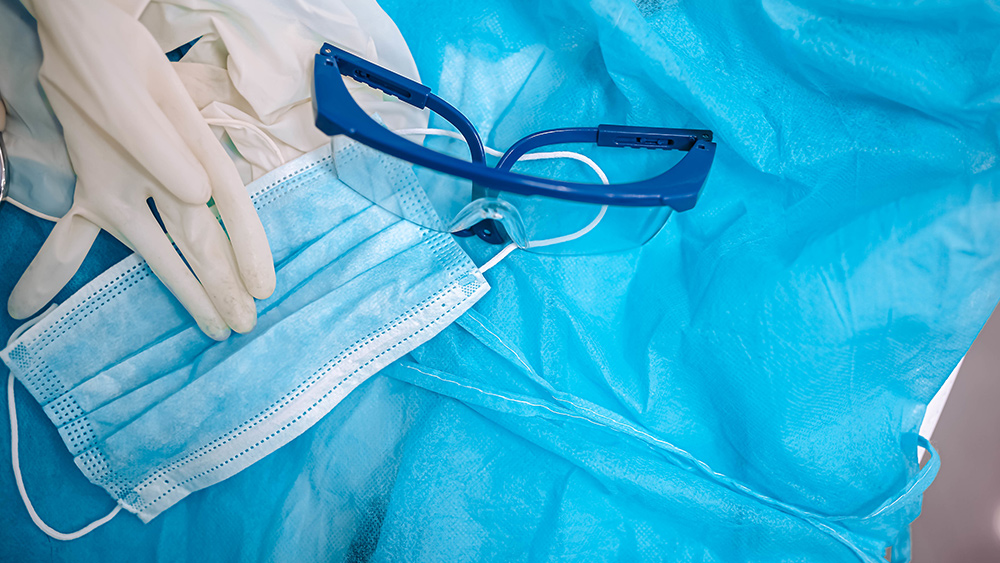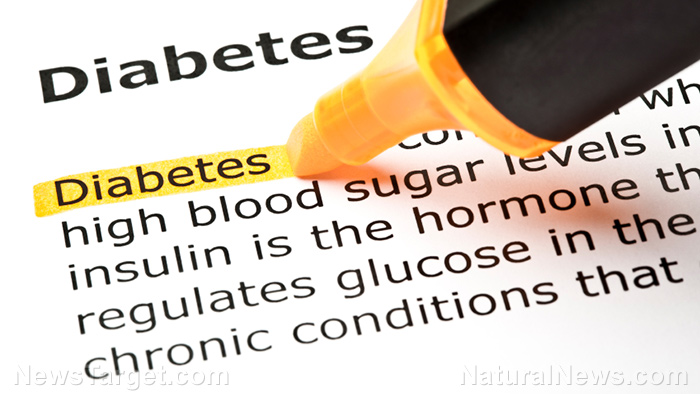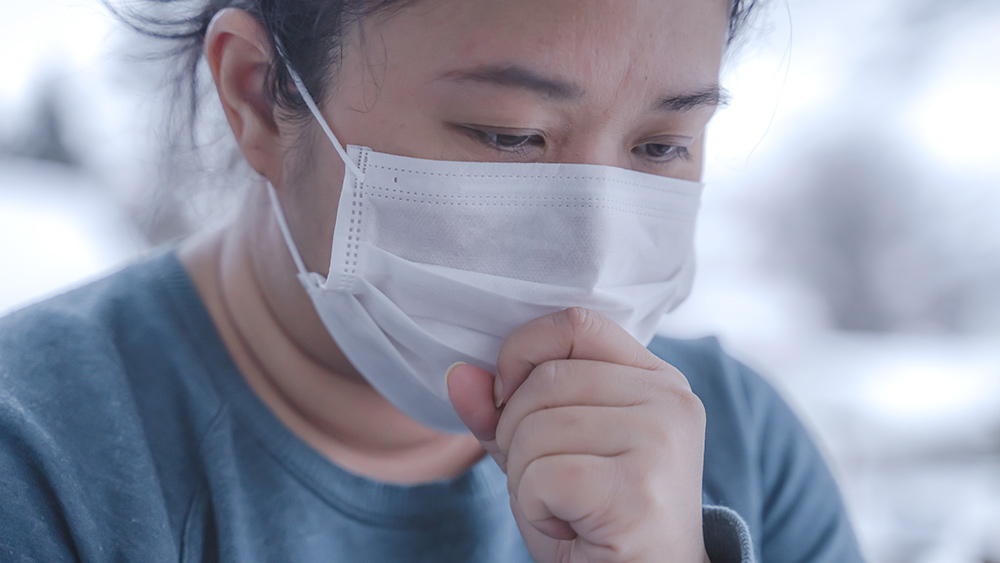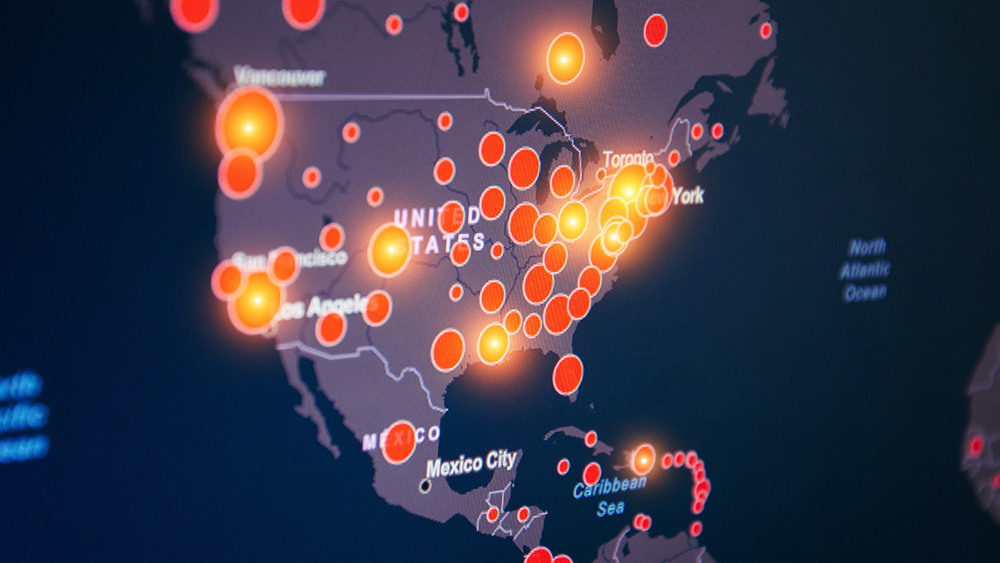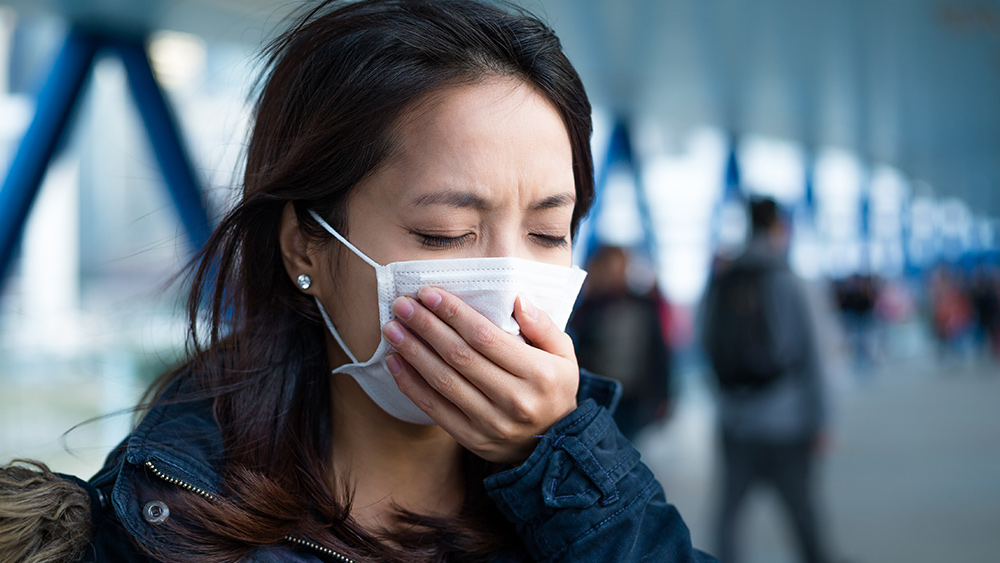Declining cases in NY drive national coronavirus trend downward, but new hotspots arising across the U.S.
05/09/2020 / By Isabelle Z.
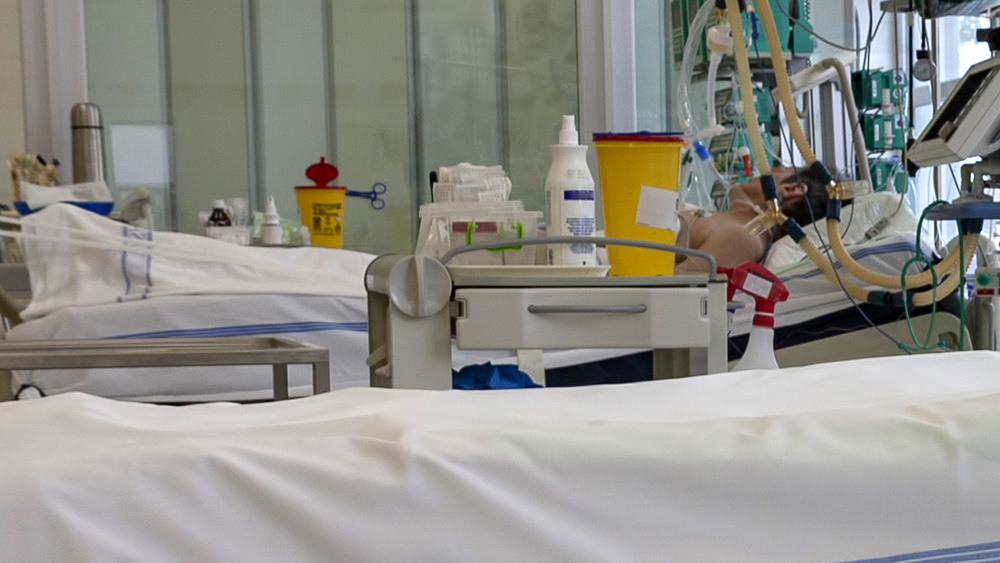
When you see coronavirus cases trending downward in the U.S., it might seem like good news – until you realize that’s only part of the story. While declines in New York, with its huge population, are indeed helping the overall number drop, it’s obscuring the fact that infections are actually rising in many areas across the country.
New York City was hit hard and early by the virus, but new hotspots are now emerging. Several states are seeing surges in cases right now, even as many states continue lifting lockdowns. Nebraska, for example, is not under a stay-at-home order, and infections there have risen dramatically throughout the course of the pandemic. In just one week, the state saw a 57 percent jump in cases.
In Minnesota, infections have been rising as well. In fact, there has been a 155 percent rise in new infections in just a week. In Kansas, the Topeka area noted a doubling of cases over the week before right as businesses started easing restrictions.
In Iowa, which already counts more than 10,000 cases, deaths recently reached a new daily high as cases rose by 42 percent. More than 1,000 workers at one Tyson Foods pork plant in Waterloo tested positive for the virus, amounting to roughly 37 percent the plant’s overall employees. Virginia’s cases, meanwhile, have risen 31 percent to exceed 20,000. Overall, more than a third of states are seeing rises in infections.
And while it’s excellent news to see a 38 percent drop in new infections in New York, the sheer volume of cases involved is making the upward trend in other places hard to see. With 20 million people, New York has seen more than 321,000 cases and nearly 20,000 deaths.
When you look at the five-day rolling average for new cases across the country during the three weeks that began on April 13, the figure dropped from 9.3 to 8.6 per 100,000 people. However, when you take New York out of the analysis, the rate of new cases has actually risen across the country during that period, growing from 6.2 to 7.5 per 100,000 people.
And while it can be argued that greater testing in the U.S. may be contributing to the higher rate of confirmed cases, it doesn’t account for the whole increase. University of California at Los Angeles Public Health Researcher Dr. Zuo-Feng Zhang said: “The increase is not because of testing. It’s a real increase.”
Model shows just how bad the situation could become in the U.S.
A model from the University of Pennsylvania showed there could be as many as 350,000 people infected with COVID-19 before June ends if every state lifts its stay-at-home orders and allows restaurants and businesses to reopen. Should people maintain social distancing and stick to partial reopenings, they predict nearly 160,000 deaths. Even in the model’s best-case scenario, deaths could reach 115,000 in the next two months.
When it comes to cases by the end of June, the model predicted 7.7 million infections if all states reopen, 3.2 million cases should states stick to a partial reopening, and 2.2 million cases if the types of lockdowns we’re seeing now continue.
In terms of the economy, the model is forecasting a loss of 18.6 million jobs by the end of June, along with an 11.6 percent drop in GDP compared to last year if strict lockdowns stay in place; a partial reopening would see 11.3 million job losses and a 10.7 percent GDP drop. Should all states completely reopen, 500,000 jobs could still be lost, and we could see a 10.1 drop in GDP.
It’s important not to gain a false sense of confidence when we see an overall downward trend in cases. When it comes to the coronavirus pandemic, the figures don’t always tell the whole story.
Sources for this article include:
Tagged Under: coronavirus, covid-19, economy, infections, iowa, kansas, minnesota, Nebraska, New York, outbreak, pandemic, trends



